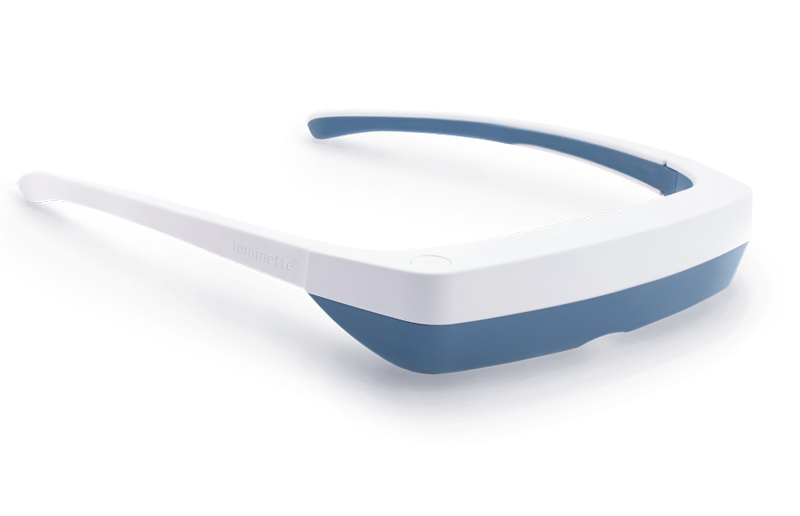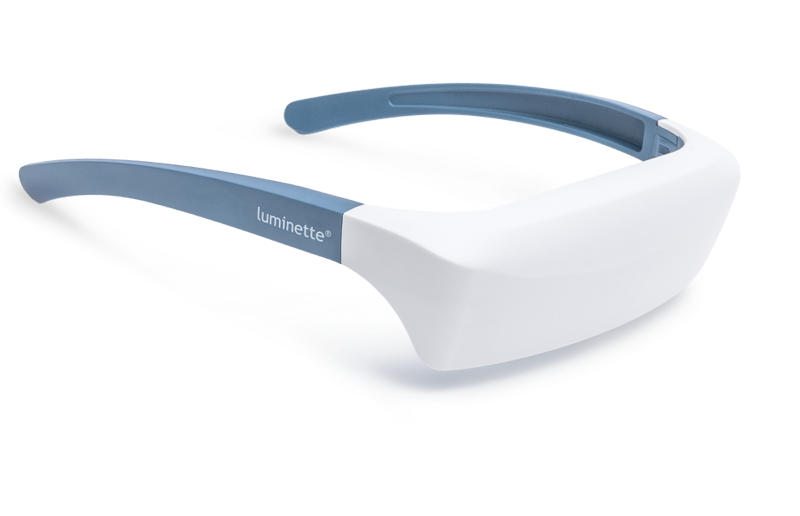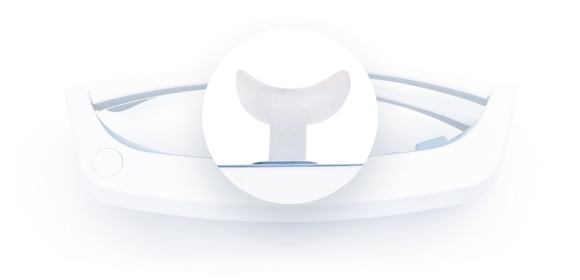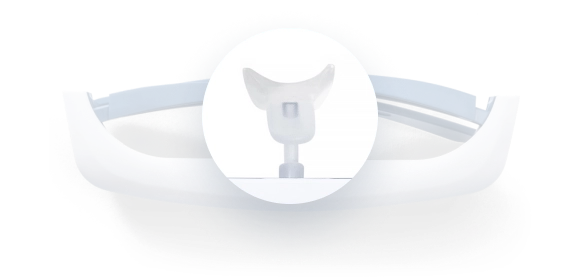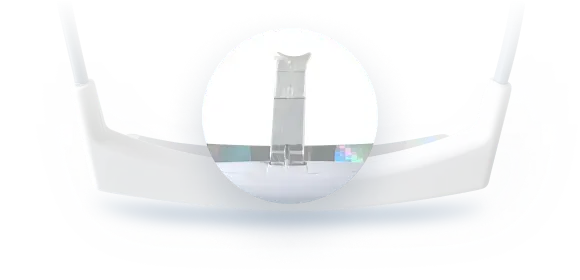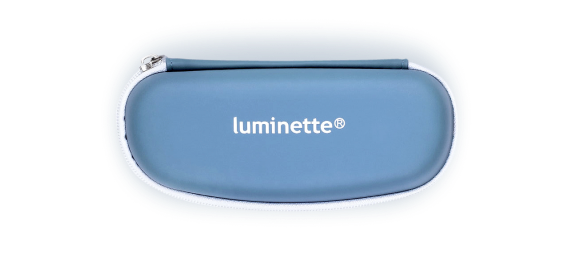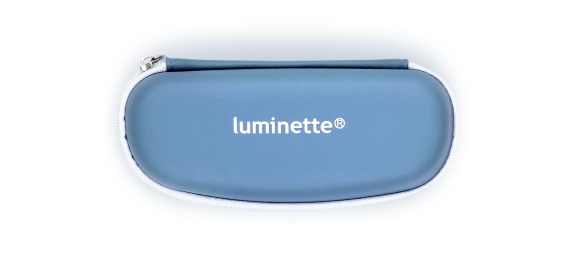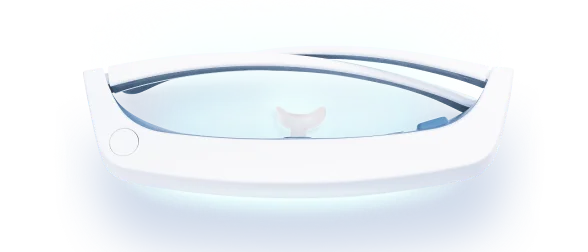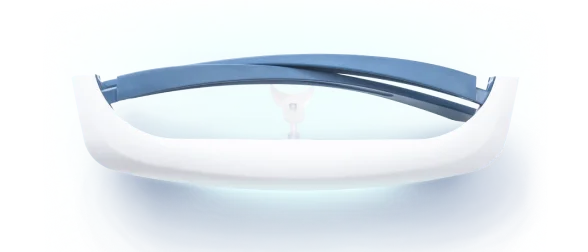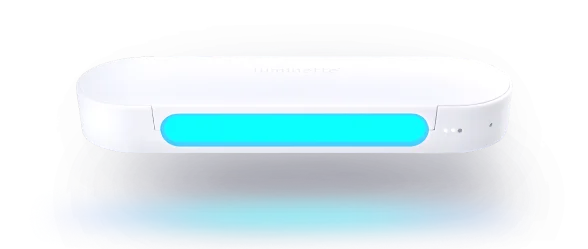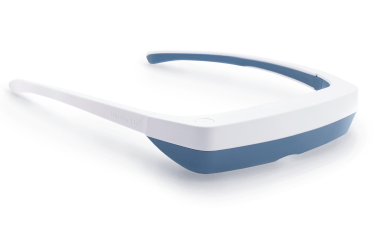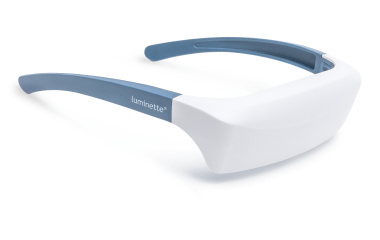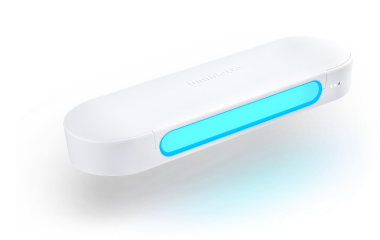В середине 1980-х Розенталь и его команда впервые официально описали то, что мы теперь называем зимней хандрой.
Именно Розенталь и его команда показали, что воздействие ярким белым светом на людей с зимней хандрой значительно снижает их симптомы.
С тех пор многие исследователи изучали яркую светотерапию для зимней хандры и других заболеваний. Их исследования стали основой современных дизайнов ламп светотерапии.
Если вы задаётесь вопросом, как выбрать лучший световой бокс для своих нужд, вы на правильном пути.
Ниже мы составили список факторов, которые стоит учитывать при выборе лампы светотерапии, и предложили семь вариантов, чтобы помочь вам начать исследование.
Мы рассмотрим такие факторы, как безопасность, эффективность, удобство использования, стиль и дизайн, чтобы помочь вам выбрать прочную и эффективную лампу, которая прослужит вам долго.
Обзор ламп светотерапии
Лампы светотерапии, также известные как световые боксы, — это устройства, используемые для имитации естественного солнечного света.
Эти лампы излучают яркий свет с интенсивностью, похожей на уличный свет, обычно от 2000 до 10 000 люкс, что значительно ярче, чем большинство источников внутреннего освещения.
Кроме того, эффект ламп светотерапии зависит не только от интенсивности света, но и от длины волны световых лучей. Таким образом, лампы светотерапии — это не просто лампочки; это тщательно разработанные продукты для зимней хандры и других проблем со здоровьем.
Ключевой принцип светотерапии — её способность влиять на внутренние часы организма, которые регулируют многие функции, включая циклы сна и бодрствования.
Внутренние часы обеспечивают ритм, по которому запускаются определённые действия, например, гарантируют, что организм вырабатывает достаточное количество мелатонина ночью в подготовке ко сну.
-
Зимняя хандра
Самое известное применение ламп светотерапии — лечение зимней хандры, поэтому их также называют SAD-лампами, по научному названию этого состояния.
В зимние месяцы более короткие дни и уменьшение солнечного света могут нарушать ваши внутренние часы и цикличность некоторых функций организма, вызывая такие симптомы, как глубокая грусть, вялость, усталость и проблемы со сном.
Светотерапия помогает сбросить ваши внутренние часы, несмотря на внешние нарушения.
В исследовании по оценке эффективности светотерапии в первичной медицинской помощи 57 участников с зимней хандрой подвергались воздействию яркого белого или тусклого красного света в течение четырех недель. Результаты показали, что балл симптомов зимней хандры снизился на 40% в обеих группах.
Авторы пришли к выводу, что пациенты первичной медицинской помощи с зимней хандрой улучшаются после светотерапии.
-
Несезонные состояния грусти
Светотерапия также оказалась эффективной при лечении несезонных состояний глубокой грусти.
По словам доктора Ричарда С. Шварца, доцента психиатрии Гарвардской медицинской школы, использование световой панели обеспечивает такую же эффективность против сезонных и несезонных состояний грусти.
Он продолжил, что эффективность сопоставима с «антидепрессантами или популярными формами терапии, такими как когнитивно-поведенческая терапия.»
-
Проблемы со сном
Подвергая людей воздействию яркого света, светотерапия помогает сбросить их внутренние часы, облегчая засыпание и пробуждение в желаемое время.
Одно исследование оценивало эффективность светотерапии для лечения проблем со сном, разделив участников на две группы. Первая группа использовала световую панель не менее 25 минут каждое утро в течение двух недель, а вторая группа получала плацебо.
Группа светотерапии показала «значительные улучшения» по трем ключевым показателям качества сна: шкале сонливости Эпворта (ESS), индексу тяжести бессонницы (ISI) и индексу качества сна Питтсбурга (PSQI).
Этот результат проявился уже после двух недель лечения.
-
Смена часовых поясов
Частые путешественники в регионы с несколькими часовыми поясами также используют светотерапию для облегчения симптомов смены часовых поясов. Стратегически выбирая время воздействия лампы светотерапии, путешественники помогают своим организмам быстрее адаптироваться к новому часовому поясу.
Одно исследование, в котором участники подвергались светотерапии, показало, что она «может эффективно снижать эффект синдрома фазового сдвига при смене часовых поясов на бодрость в течение дня, улучшать выполнение задач на кратковременную память и уменьшать зрительную усталость.»
Как работают светотерапевтические лампы
Как уже упоминалось, светотерапевтические лампы имитируют естественный солнечный свет, предоставляя такие преимущества, как улучшение настроения, повышение уровня энергии и общее психическое и физическое благополучие. Основная цель использования светотерапевтических ламп — поддерживать внутренние часы в оптимальной точности и ритме.
Обзор внутренних часов организма
Свет играет важную роль в регулировании внутренних часов организма, которые подобны менеджеру, обеспечивающему запуск функций в нужное время.
Например, организм запускает определённые процессы в подготовке ко сну, такие как понижение температуры тела и выделение мелатонина — гормона, вызывающего сонливость.
Внутренние часы регулируют цикл сна и бодрствования организма, а также контролируют другие процессы, такие как выделение гормонов, контроль клеточного цикла, регуляция настроения и многое другое.
Внутренние часы организма подвержены влиянию внешних факторов, главным образом света и темноты. Воздействие естественного солнечного света помогает поддерживать синхронизацию часов.
Механизм действия светотерапевтической лампы
Когда вы подвергаетесь воздействию светотерапевтических ламп, сетчатка получает световые волны.
В сетчатке находятся клетки, известные как ганглиозные клетки сетчатки, которые служат для передачи информации в центральную нервную систему о том, ночь сейчас или день. Поскольку светотерапевтические лампы имитируют солнечный свет, ганглиозные клетки сигнализируют, что сейчас день.
Информация от ганглиозных клеток сетчатки передается по ретино-гипоталамическому тракту, а затем в супрахиазматическое ядро (SCN) гипоталамуса.
SCN контролирует шишковидную железу, которая является основным источником мелатонина. Когда SCN получает информацию о том, что сейчас день, он подавляет секрецию мелатонина. При получении сигнала о ночи происходит обратное.
Снижая уровень мелатонина утром, светотерапия помогает людям чувствовать себя более бодрыми и внимательными. Кроме того, она увеличивает секрецию серотонина, нейротрансмиттера, который улучшает настроение и способствует ощущению благополучия.
Этот двойной эффект светотерапевтических ламп на мелатонин и серотонин помогает облегчить симптомы сезонных перепадов настроения и улучшить общее самочувствие.
Как использовать светотерапевтические лампы
Помимо качества лампы, о котором мы подробно поговорим позже, важны также время, продолжительность и регулярность для достижения наилучших результатов от светотерапевтических приборов.
Для многих SAD-ламп рекомендуемая продолжительность составляет от 20 до 60 минут утром, так как использование лампы слишком поздно может нарушить сон.
Длительность может варьироваться в зависимости от конструкции лампы, особенно от интенсивности света. Чем выше интенсивность света, тем короче сеанс. Необходимо строго следовать инструкциям производителя для максимальной отдачи от инвестиций.
Кроме того, последовательность очень важна для достижения наилучших результатов светотерапии. Пропуск сеансов может снизить пользу или задержать желаемые улучшения.
Факторы, которые следует учитывать перед выбором светотерапевтической лампы
-
Безопасность
Первым фактором, который следует учитывать, является безопасность лампы для ваших глаз и общего здоровья.
Для начала выбранная вами лампа должна быть свободна от ультрафиолетового (УФ) света, который может быть вреден для глаз и кожи. Проверьте описание продукта и технические характеристики, чтобы убедиться, что лампа не излучает УФ-свет. Эта функция необходима для безопасного длительного использования.
Также избегайте ламп, излучающих свет с короткой длиной волны. Этот тип света фокусируется не в центре сетчатки, а перед ней. Коротковолновой синий свет связан с дефектами глаз, такими как миопия и повреждение клеток сетчатки.
Кроме того, ищите сертификаты, подтверждающие, что производитель соблюдал определённые отраслевые стандарты и нормативы. Проверьте, сертифицирована ли лампа признанными организациями, такими как CE.
Что ещё важнее, убедитесь, что лампа имеет знак стандарта IEC 62471, который указывает на отсутствие риска. Лампы с сертификатами CE и IEC 62471 имеют одобрение третьих сторон, подтверждающее их безопасность для глаз.
Luminette сертифицирована как безопасная и имеет знак стандарта IEC 62471. Кроме того, устройство ежегодно проверяется независимой инспекционной организацией SGS.
-
Интенсивность света
Эффективность светотерапевтической лампы во многом зависит от её яркости, измеряемой в люксах. Хотя большинство ламп для лечения зимней хандры излучают 10 000 люкс, многие другие отличные продукты доказали свою эффективность при меньшей интенсивности.
Светотерапевтические очки Luminette излучают 2000 люкс света, что доказано так же эффективно, как лампы с 10 000 люкс.
Крайне важно, чтобы свет, излучаемый лампой, имел характеристики, похожие на естественный дневной свет, чтобы функционировать должным образом. Лампа полного спектра должна излучать широкий диапазон длин волн, охватывающий весь видимый спектр. Поэтому следует выбирать лампу, способную воспроизводить этот диапазон длин волн, а не лампу с определённой длиной волны.
Наконец, избегайте ламп, которые излучают чрезмерное количество синего света, что может вызвать напряжение глаз и нарушить режим сна.
-
Эффективность
Вы должны убедиться, что лампа, которую вы покупаете, предназначена для лечения сезонной зимней хандры, а не кожных проблем.
Оба требуют разных технических характеристик. Лампы для лечения кожных заболеваний в основном используют ультрафиолетовый (УФ) свет, который очень вреден для ваших глаз.
Вам также следует проверить, подвергалась ли лампа научной проверке, чтобы определить, улучшает ли она симптомы зимней хандры. Убедитесь, что эти исследования проводились независимыми учёными, не связанными с производителем.
-
Регулируемые настройки яркости
У разных людей может быть разная чувствительность к свету. Регулируемые настройки яркости позволяют настроить интенсивность света в соответствии с вашими предпочтениями и потребностями.
Более того, в некоторые дни у вас может быть возможность выделить менее 30 минут. Регулируемая яркость даёт вам некоторую гибкость.
Кроме того, разумно начинать с низкой интенсивности и постепенно её увеличивать. Это позволяет глазам привыкнуть к лампе и подобрать оптимальную для вас яркость.
-
Стиль и дизайн
Размер и дизайн лампы могут влиять на её удобство и практичность. Если лампа хорошо вписывается в ваш ежедневный распорядок, вы, скорее всего, будете использовать её регулярно.
Например, если ваша основная причина использования устройства — уменьшить эффект смены часовых поясов, вам нужна портативная лампа для светотерапии, которую можно брать с собой куда угодно.
Еще один момент — сколько человек будет использовать устройство. Если одновременно им будут пользоваться несколько человек, возможно, будет экономичнее купить лампу панельного типа.
Также учитывайте необходимую продолжительность. Можете ли вы выделить 25-30 минут в день, или вам нужен дизайн, позволяющий заниматься другими делами во время сеанса?
Все эти аспекты важны. Как мы уже говорили, эффективность световой панели зависит от ежедневного и регулярного использования, поэтому выберите ту, которая будет максимально удобна для вас.
Luminette оснащена запатентованной системой, которая обеспечивает оптимальное попадание света в ваши глаза самым комфортным способом.
-
Угол и положение
Хотя это также относится к аспектам дизайна, мы считаем важным выделить этот фактор отдельно.
Угол и положение источника света имеют решающее значение для максимальной эффективности лампы. Вы хотите, чтобы излучаемый свет попадал в ваши глаза косвенно, не вызывая бликов. Блики — это когда свет мешает видеть.
-
Простота использования
Конечно, вы хотите выбрать лампу, которую легко использовать. Такую, которая не заставит вас задумываться, «делаете ли вы всё правильно». Более того, удобная в использовании лампа стимулирует регулярное применение, что важно для достижения результатов.
Ищите лампы с простым управлением и понятными инструкциями по установке и обслуживанию.
-
Источник питания
Тип источника питания влияет на то, где и как можно использовать лампу. Разные модели предлагают различные варианты питания, включая подключение к сети, работу от батареек и питание через USB.
Опять же, это зависит от ваших предпочтений, образа жизни и личного контекста. Лампа на батарейках предлагает больше гибкости и портативности, чем модель с подключением к сети, а последняя лучше подходит для стационарного использования.
-
Отзывы и оценки пользователей
Чтение отзывов даёт больше информации о надёжности и работе лампы от реальных пользователей. Обязательно читайте отзывы на платформах вроде Amazon, где пишут люди, которые действительно приобрели и использовали продукт.
Обращайте внимание на отзывы о эффективности устройства, его долговечности и возможных проблемах. Также смотрите, как производитель реагирует на жалобы клиентов.
Получение личных рекомендаций от друзей, семьи и медицинских специалистов также является ценным способом оценить эффективность лампы.
-
Цена и гарантия
Стоимость лампы для светотерапии может сильно варьироваться, поэтому выбирайте ту, которая соответствует всем вышеуказанным требованиям и вписывается в ваш бюджет.
Хотя более дорогие модели часто предлагают дополнительные приятные функции и используют лучшие материалы, существуют также доступные варианты, обеспечивающие эффективную светотерапию.
Кроме того, хорошая гарантия даёт уверенность в долговечности и надёжности продукта. Ознакомьтесь с отзывами, чтобы узнать, использовал ли кто-то гарантию и насколько просто было оформить претензию.
Luminette
Им нравится, что устройство портативное и его можно использовать во время других занятий, таких как лёгкие упражнения, чтение и работа за ноутбуком. Оно практически не мешает повседневным делам. Также его можно использовать, не снимая обычные очки.
Несмотря на портативность, устройство имеет регулируемую интенсивность, позволяющую сократить или увеличить продолжительность воздействия. Им также нравится, что оно выпускается в двух вариантах: очки и Drive.
Вы носите очки на голове, и «свет направляется в глаз сверху вниз (как солнце), не ослепляя и не мешая зрению.» С другой стороны, Drive — это лампа для светотерапии, идеально подходящая для вашей поездки на работу.
Наконец, несколько исследований в ведущих журналах демонстрируют эффективность Luminette при расстройствах настроения и других показаниях. Они включают:
-
Исследование 25 молодых взрослых с проблемами засыпания показало, что Luminette улучшила качество сна у 68% участников после 22 дней.
-
Другое исследование показало, что участники, подвергшиеся воздействию обогащённого синим светом Luminette, «значительно снизили секрецию мелатонина и время реакции во время задачи психомоторного контроля, при этом не было обнаружено значительных различий в уровне дискомфорта и кортизола.»

Основные характеристики
-
Сертифицировано как безопасное с отметками CE и стандартом IEC 62471
-
Без ультрафиолетового и инфракрасного излучения
-
Регулируемая интенсивность света с тремя уровнями яркости
-
Обогащённый синим белый свет с пиком длины волны на 468 нанометрах
-
Запатентованная регулируемая подставка для носа для комфорта
-
Питается от батареи с системой зарядки через micro-USB
Вывод: выберите идеальную лампу для светотерапии для долгосрочного оптимального благополучия
Выбор подходящей лампы для светотерапии может значительно улучшить ваше психическое и физическое состояние, особенно в месяцы с меньшим количеством солнечного света.
Хотя световые коробки популярны для лечения зимней хандры, они также улучшают качество сна, уменьшают последствия смены часовых поясов и повышают энергию в течение дня.
При выборе лампы учитывайте такие факторы, как безопасность, интенсивность света, эффективность, отзывы пользователей, цена, гарантия и удобство использования.
Избавьтесь от зимней хандры с нашей лампой Luminette Drive. Она проста в использовании, эффективна и не нарушит ваши повседневные дела. Закажите свою сегодня!

Часто задаваемые вопросы
Сколько времени требуется, чтобы светотерапия подействовала?
Ответ на этот вопрос не совсем однозначен, так как несколько факторов влияют на то, как скоро человек начнет ощущать эффект светотерапии.
Степень тяжести и тип симптомов, а также качество продукта — ключевые факторы, определяющие, как скоро наступит эффект. Тем не менее, обычно результаты при зимней хандре начинают проявляться в течение 5-10 дней, при продвинутом фазовом расстройстве сна — через две недели, а при смене часовых поясов и адаптации к ночной работе — сразу.
Как правильно использовать лампу для светотерапии?
Самый важный фактор — обеспечить попадание света в глаз сверху вниз, не смотря прямо на лампу или очки, так же, как при взгляде на солнце. Кроме того, крайне важно следовать инструкции по эксплуатации продукта.
Инструкции обычно ограничивают каждый сеанс максимум 30 минутами. Наконец, если вы лечите зимнюю хандру, используйте лампу каждый день, особенно в зимние месяцы. Последовательность важна для достижения результатов.
Какой идеальный размер лампы для светотерапии?
Исследования показали, что носимые устройства для светотерапии, такие как Luminette с меньшей интенсивностью света, обеспечивают аналогичные эффекты и производительность, как и лампы для светотерапии с 10 000 люкс.
Эффективность лампы зависит от качества конструкции и количества света, попадающего в глаза, а не обязательно от размера светового экрана.
Является ли 15 000 люкс чрезмерным для светотерапии?
Лампа для светотерапии с интенсивностью 15 000 люкс может быть эффективной. Однако обычно считается, что это выше стандартного максимального рекомендуемого уровня в 10 000 люкс.
Такие лампы обеспечивают большую интенсивность и требуют меньшей продолжительности сеанса, что означает, что вы обычно будете использовать их максимум 15-20 минут. Тем не менее, мы рекомендуем покупать лампы с интенсивностью 10 000 люкс или ниже.
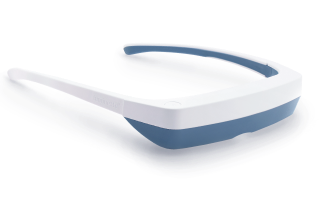
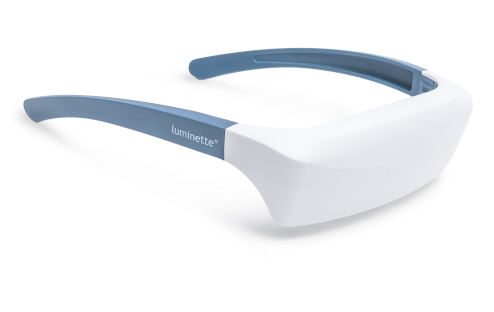
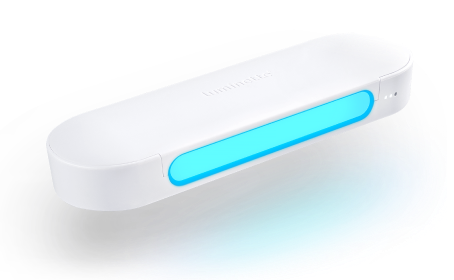
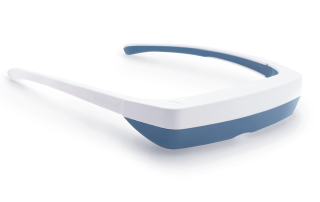
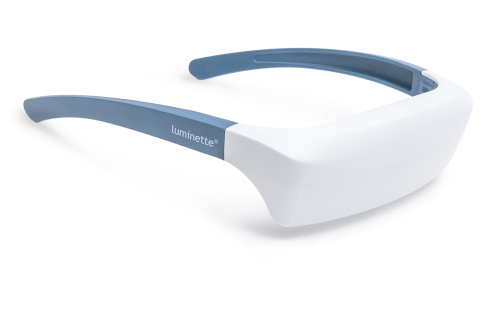
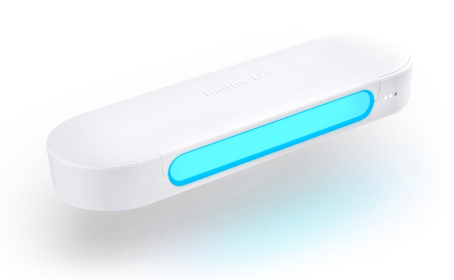
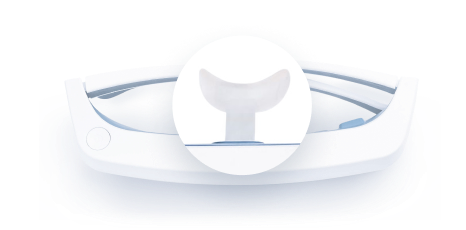
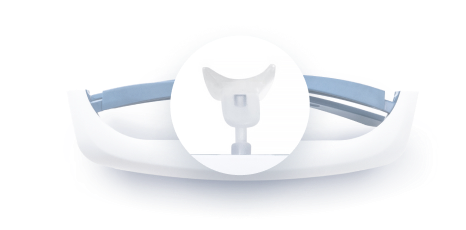
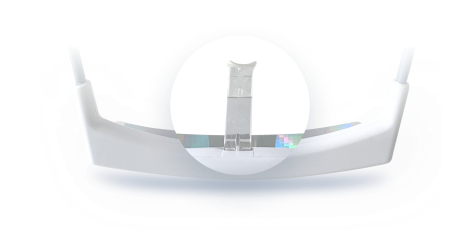
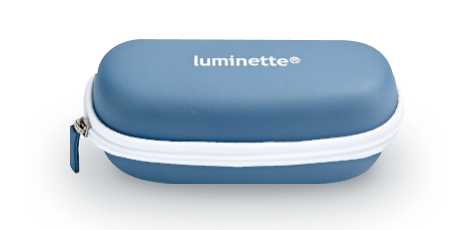
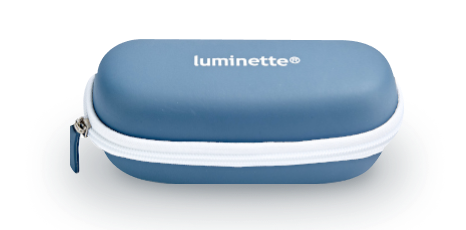
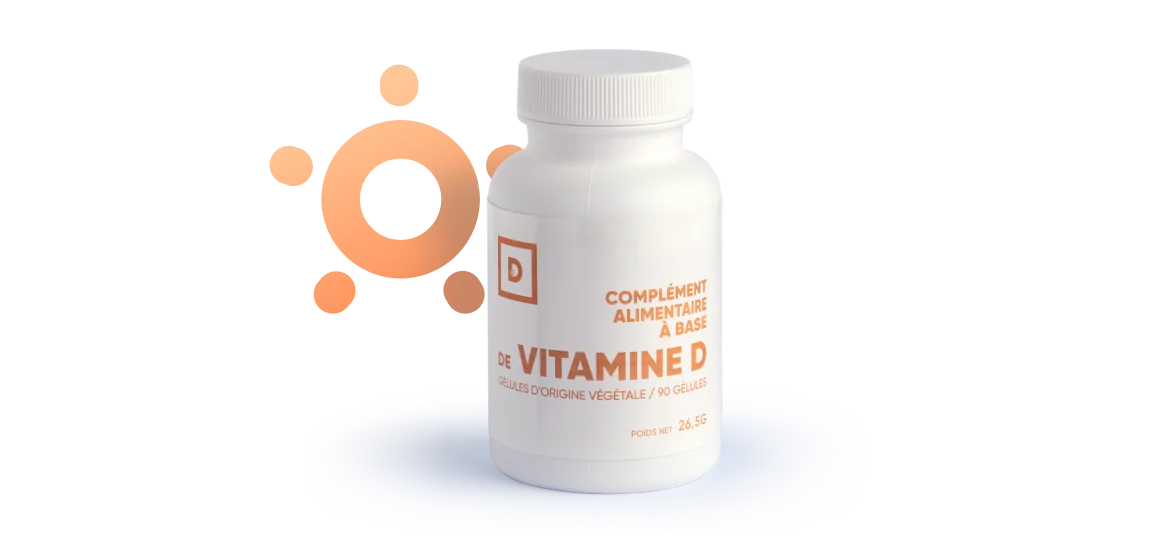



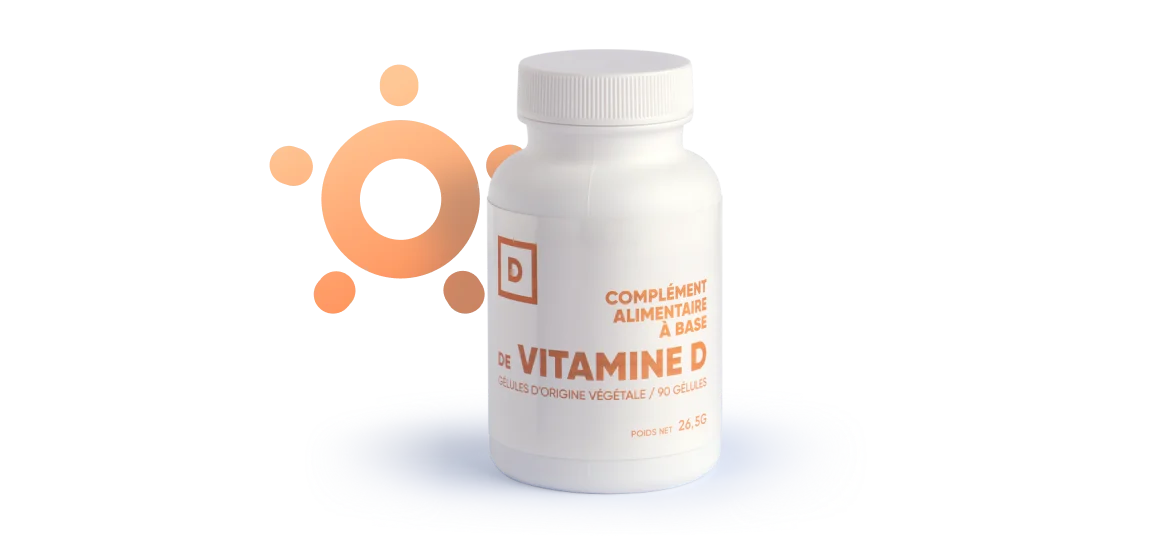
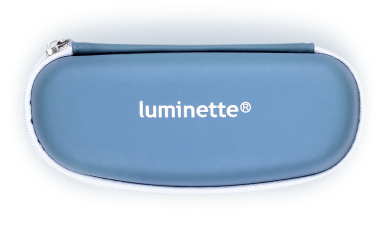
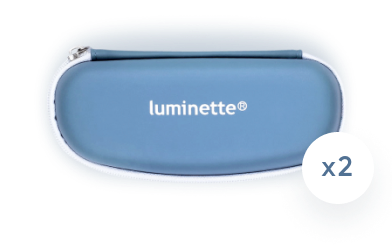
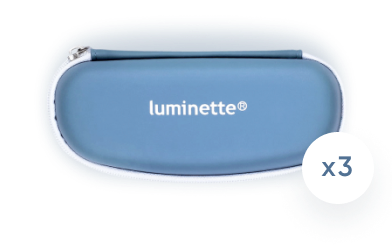
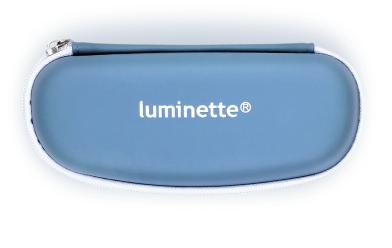
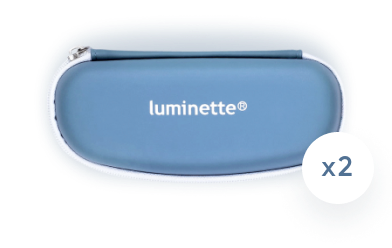
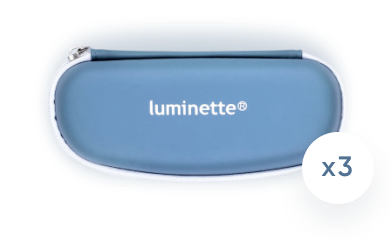
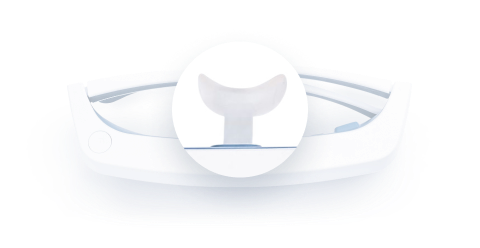
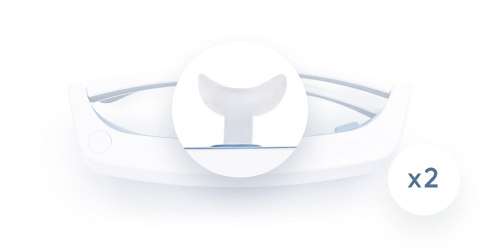
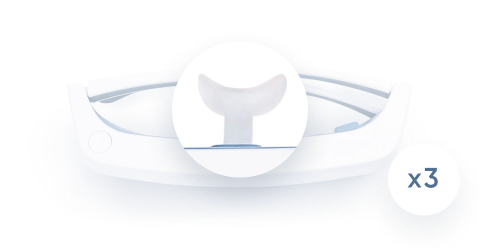
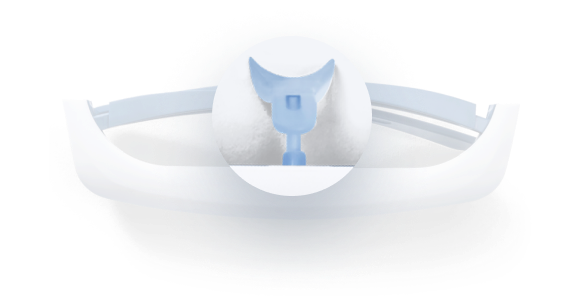
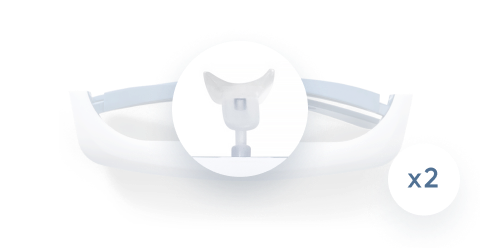
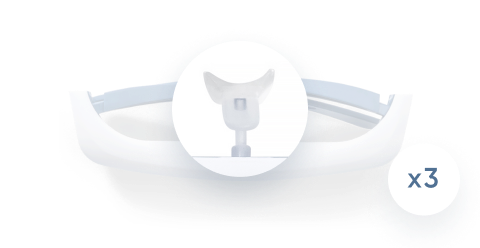
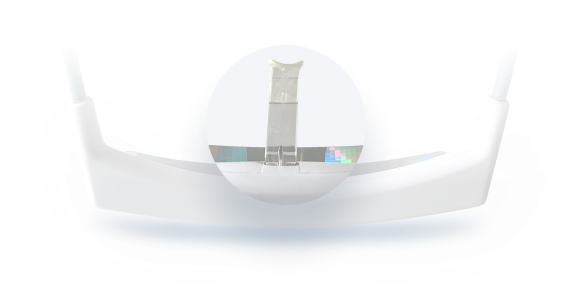
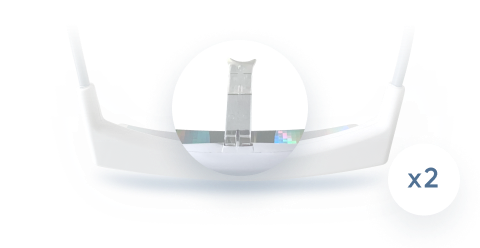
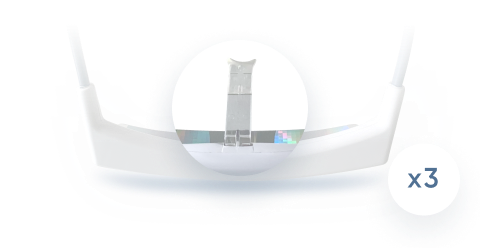
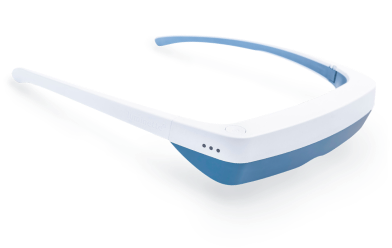
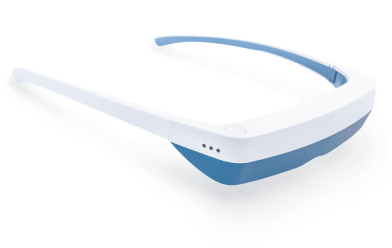
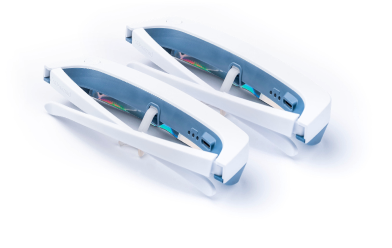
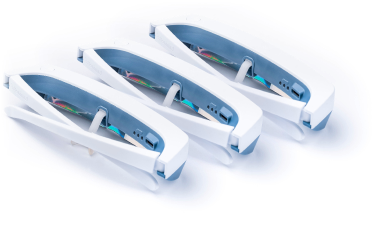
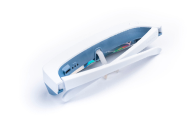
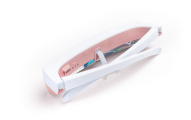
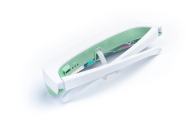
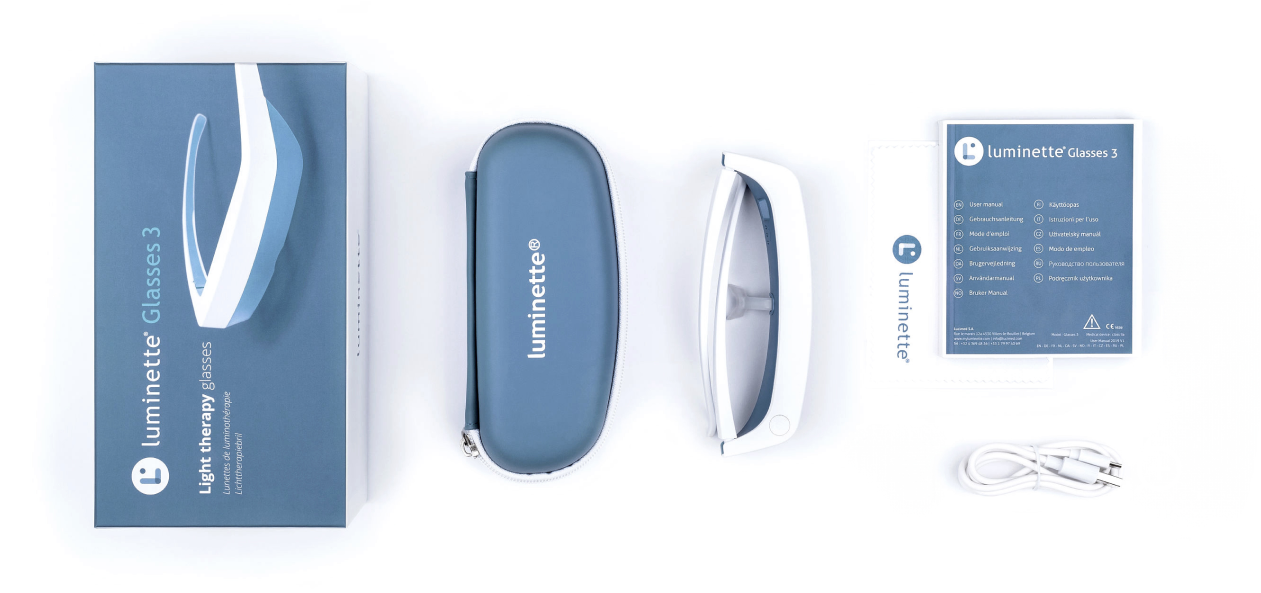
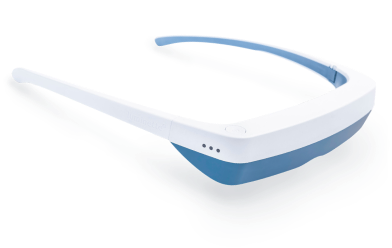


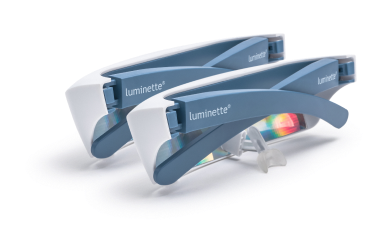
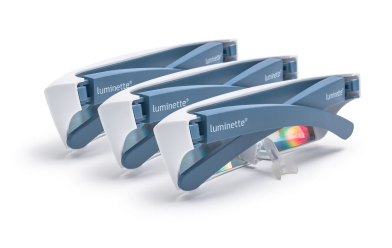
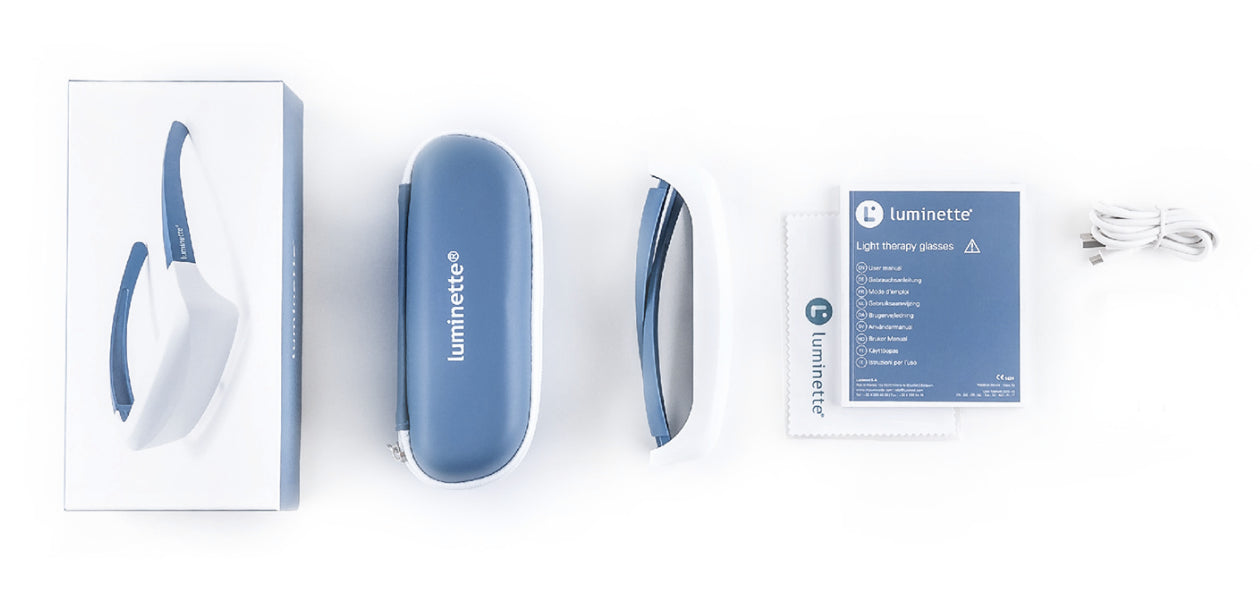
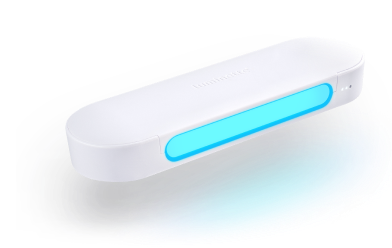
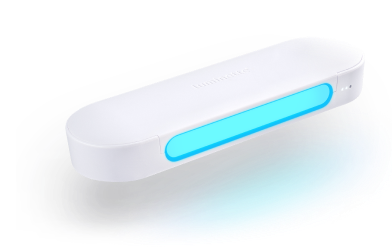
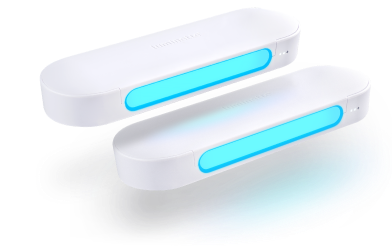
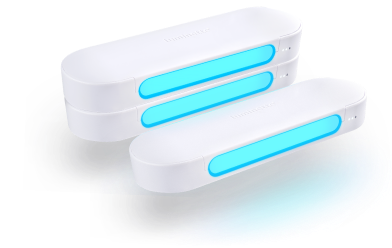
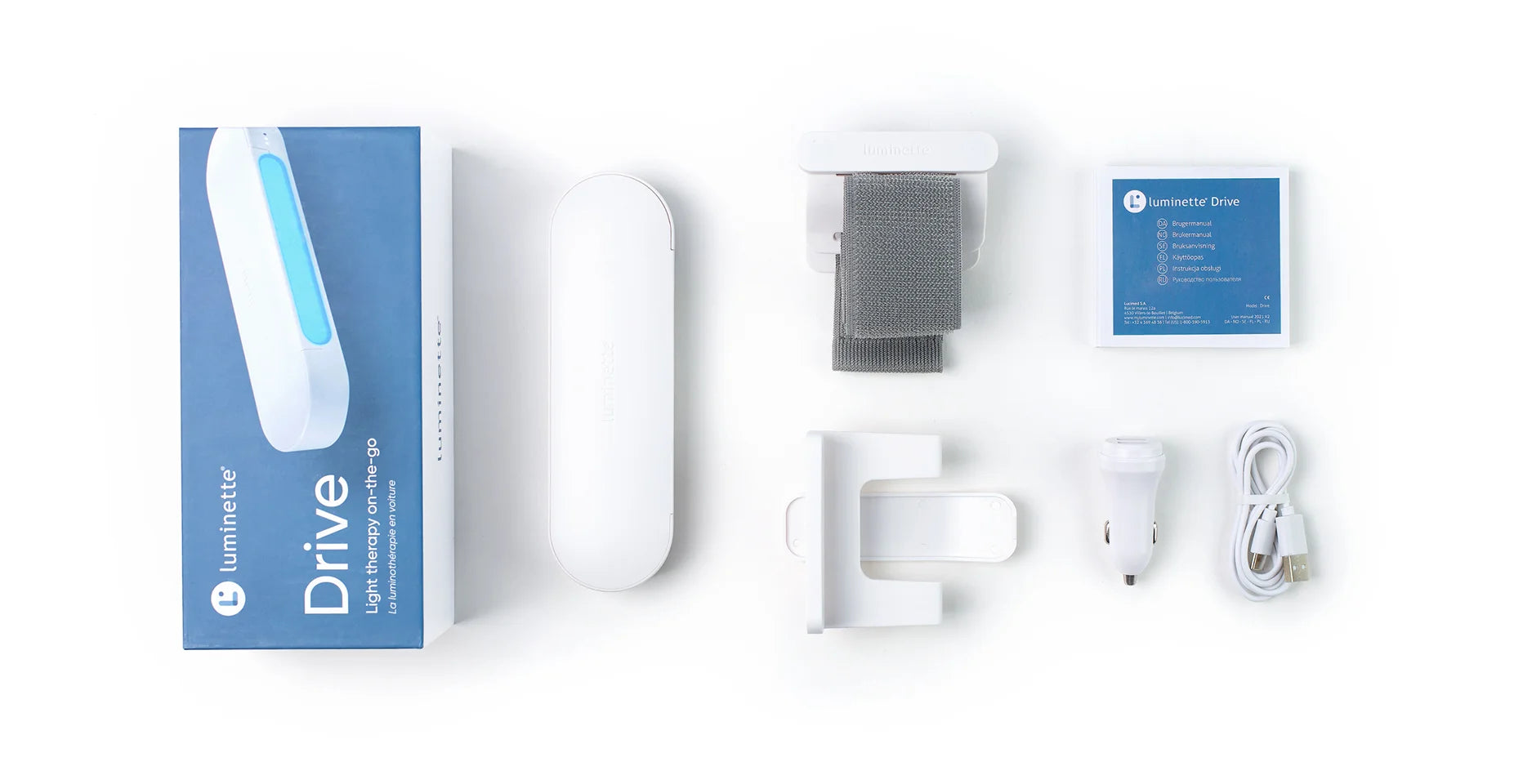

 Please note
Please note



